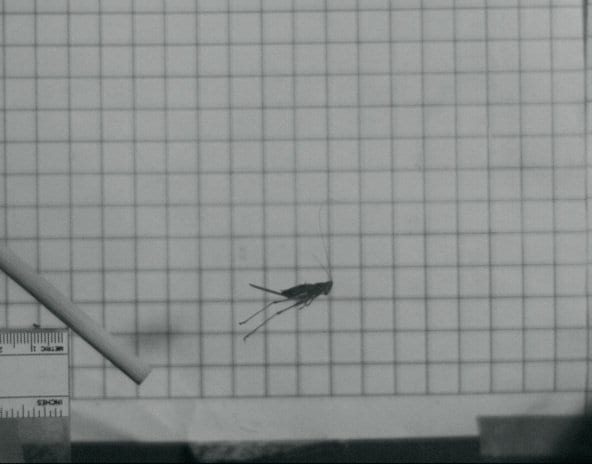
Well, we made it to half way through. One of the biggest differences I have seen this semester as most students are remote is that my stress levels at this point about student success with projects is still pretty high. During the first iteration, at this point when we had animals collected, sample videos taken, and I can see projects were “working” as we were in person, this is not true during remote learning. The disparity among students with where they are with their projects is much higher. Some students are moving along at home, collecting data; others are having more trouble. This again, stems from the fact that I am not there with them to troubleshoot filming setups and animal behavior. So, I am still concerned about the success of student projects. Especially now, given the changing season. I have implemented some changes to the class to try and reflect that most students are working from home. The three that are coming in are working fairly normally, compared to the previous iteration. But another thing I have noticed is the lack of discussion among students as all are working alone. Even the ones coming in are working on their own projects to make the class more equitable since those at home are working alone. I’ve also noticed the lack of group work affects the projects. Students really do seem to benefit from group work in this class, to help with troubleshooting, coming up with ideas, and general project discussions.
During week 7 we had our fifth scientist spotlight with Dr. Mary Salcedo from Virginia Tech University, who talked to us about insect wings and flight. She also offered some great perspectives on her journey into research. During lab it was more time for students to work on projects, whether in class or at home. Students had to submit their 3rd project revision by Monday, with the hopes that they would be finalized at this point. Most were, but we are actually still revising project ideas. On Wednesday we had our 1 and only midterm. It was all short answer/essay and open notes. I had the exam available for 24hours and students had 2 hours to take it within that window. Online exams are difficult in general during remote teaching, this one was fine.
Week 8 started off with a formal research proposal abstract. Students had to take what they’ve been working on and turn it into a formal abstract. Again, the several rounds of project revisions is to ensure that I can interact with them to help revise their ideas into a doable project. Most of the time on Monday was for lab work. Those that came in continued to go out and collect in the Glen (trying to increase sample size of katydids) and started collecting videos for analysis. On Wed. we had our sixth and last Scientist Spotlight with Dr. Sebastian Echeverri, who talked to us about vision and communication in jumping spiders. I have mentioned it before, but it is worth emphasizing that these Scientist Spotlights have been the highlight of the semester for me. It took advantage of the fact most of us are remote, I got to highlight the amazing work of some great researchers at all different career stages, we got to hear from researchers from Virginia to California, which we would not be able to bring, and students in the class really got to hear so many perspectives on how people got into science and research. A huge thank you to all our Scientist Spotlights!
So, where have I changed things with the class? Well, the peer evaluation for group work is out the window for this semester. This is kind of good as it didn’t really work last time, and I want to revise it the next time I teach the class. All the assignments will be scaled up so they are the same points. I got rid of the movie trailer abstracts, as I feel it will just be busy work for students that are already too busy. This is unfortunate as I really enjoyed them last time, but with students working at home and by themselves, it’s not the same. Instead, I now have them uploading their data (videos, tracked points, master data files) so I can see what they did all semester. This also helps with research integrity, which is an important issue in the sciences right now. I will likely have a small lecture on some recent events related to this. The final presentation, which was a poster last time at our department Fall poster symposium, will be a VoiceThread presentation, with the option of including it in the department Fall symposium. I’ve also been trying to spend more formal time on teaching them about the process of science. On Week 8 we discussed experimental design, sample sizes, randomization, and master data file. Coming up next week we’ll talk about effective presentations using great slides by Amy Cheu.
Half way through and we’re still moving along. Instead of having only 4 group projects to worry about, I have 10 individual projects, 7 of which are remote, to troubleshoot. For example, I was reminded this week that I need to make sure all students adjust the R code we initially used so the timings match their frame rates. In the first iteration, this wasn’t as much of a problem, since we were all in the room together and I could see what they were working on and ask how it was going. These finer details seem to be glossed over. But, we are working through it. Our video of the week this week will be one of the student videos so keep an eye out for that.


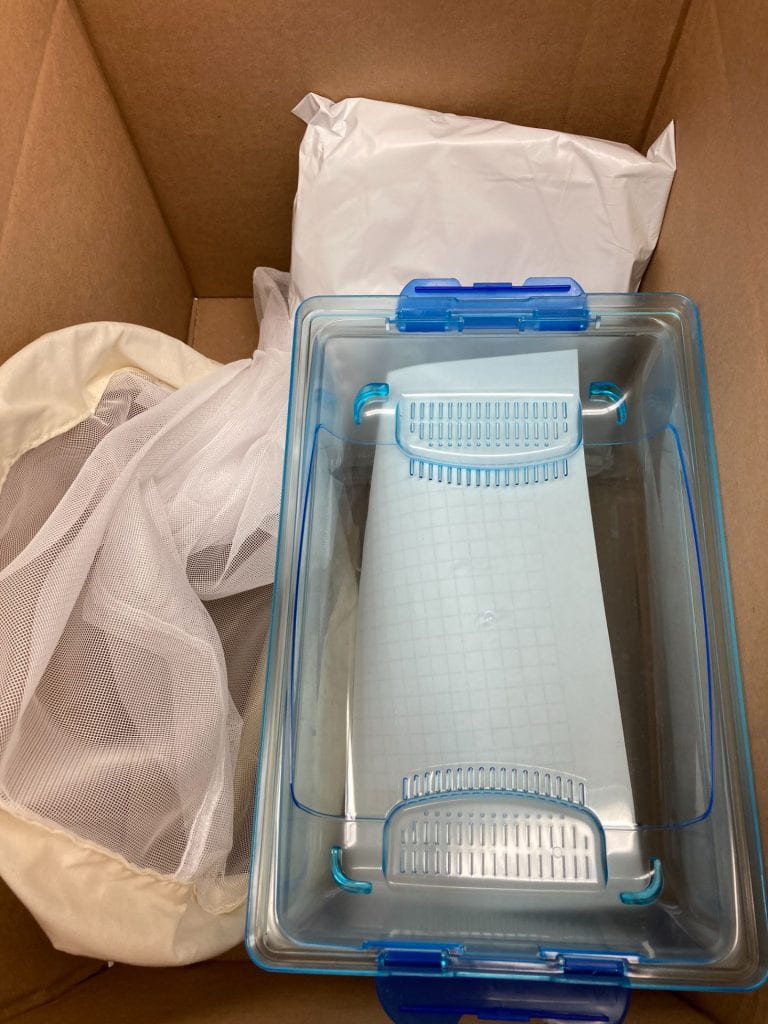
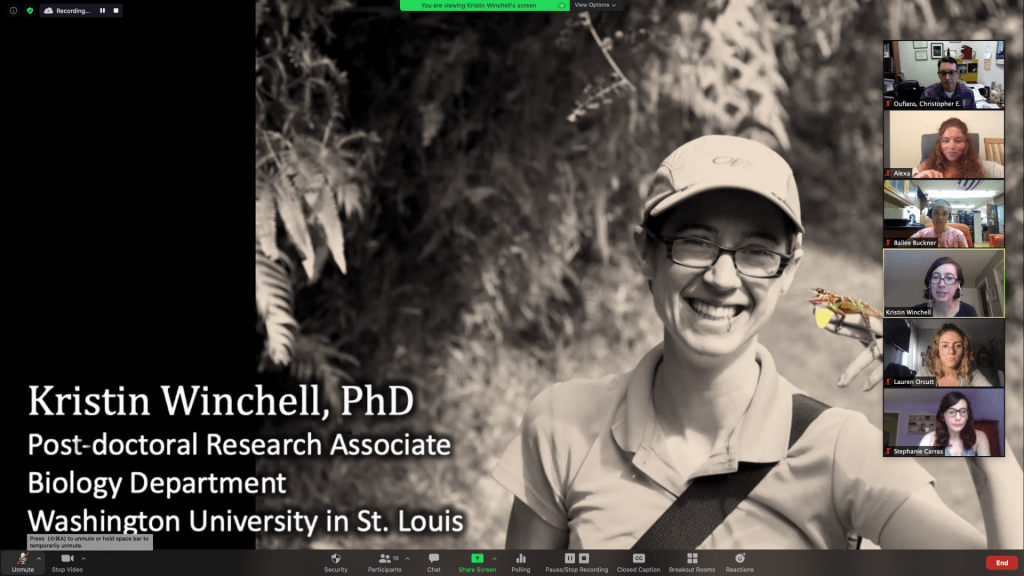 Wednesday’s class was a bit smoother. I had the right zoom time to start. I lectured from my office on my computer, taking the time to have powerpoint, Zoom participants and chat open, so I could see them all at once. We discussed factors that might affect performance. The highlight of Wed. was our first Scientist Spotlight.
Wednesday’s class was a bit smoother. I had the right zoom time to start. I lectured from my office on my computer, taking the time to have powerpoint, Zoom participants and chat open, so I could see them all at once. We discussed factors that might affect performance. The highlight of Wed. was our first Scientist Spotlight. 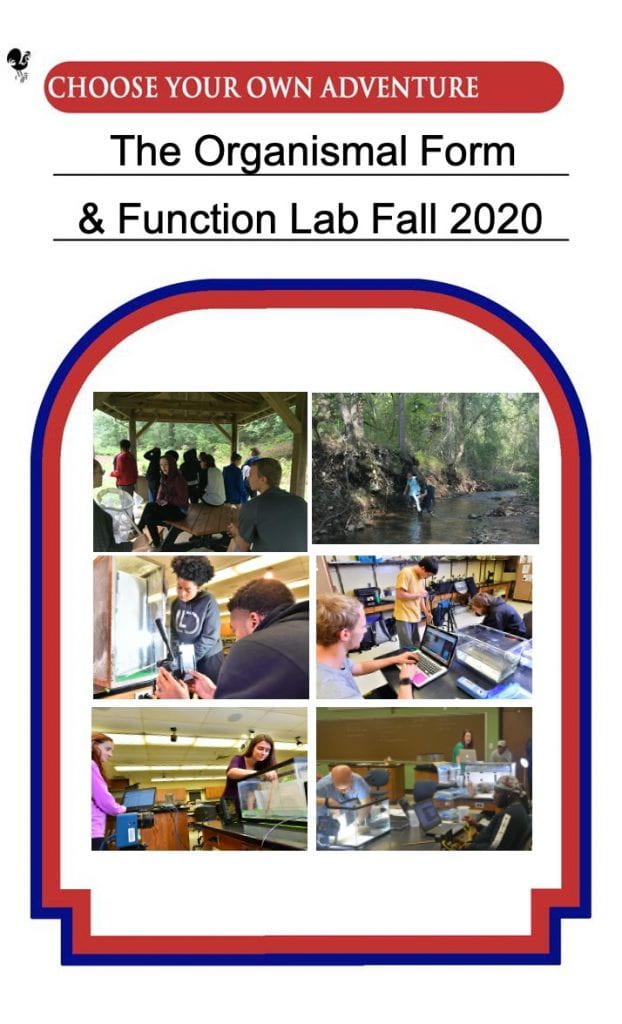
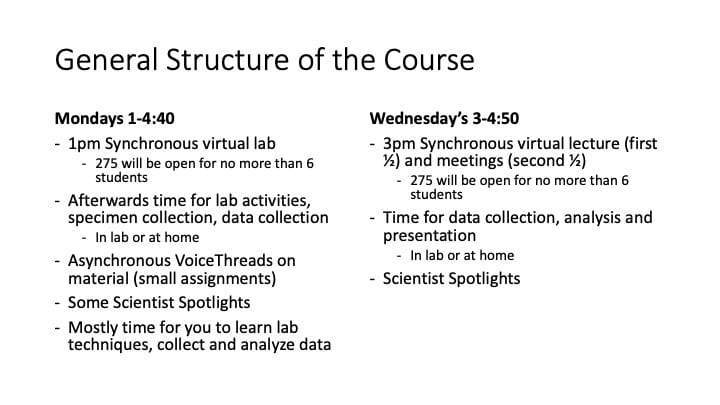
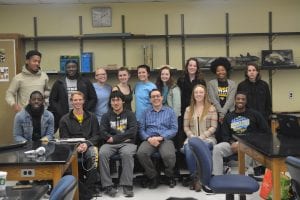
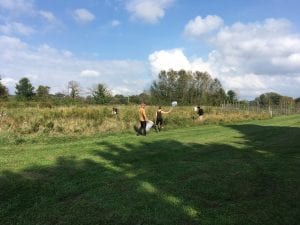 Many of their hypotheses came from catching and observing animals in nature. Weather was not on our side this semester, but the two days we did go out were beautiful and everyone seemed to have a great time. Lastly, having assignments related to students finding related articles from the primary literature seemed effective at getting them to look at other studies and refine their hypotheses.
Many of their hypotheses came from catching and observing animals in nature. Weather was not on our side this semester, but the two days we did go out were beautiful and everyone seemed to have a great time. Lastly, having assignments related to students finding related articles from the primary literature seemed effective at getting them to look at other studies and refine their hypotheses.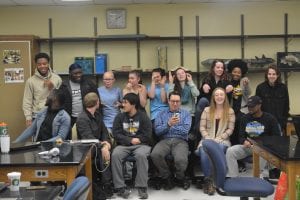












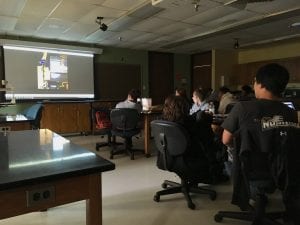 editing, creativity, and creative commons music (which we discussed). They were a bit skeptical of the assignment, not sure of what I was looking for, and asked if I had ever done one, which I had not. But, since we had an unexpected snow day the Thursday before, I decided to try my hand at it and created one for them. This was a really fun assignment, every group did a great job at showcasing their research and creativity. As a bonus, I will be sharing their videos with the faculty and staff here as advertisements for each group’s poster coming up at our Dept.’s annual fall poster day. The group that gets the most faculty to visit (they’ll have sign in sheets) based on their trailers will get some bonus points. I’ve also considered giving a bonus to the group that has the most views on social media as they are posted on youtube and twitter. Below are the trailers, get some popcorn and enjoy!
editing, creativity, and creative commons music (which we discussed). They were a bit skeptical of the assignment, not sure of what I was looking for, and asked if I had ever done one, which I had not. But, since we had an unexpected snow day the Thursday before, I decided to try my hand at it and created one for them. This was a really fun assignment, every group did a great job at showcasing their research and creativity. As a bonus, I will be sharing their videos with the faculty and staff here as advertisements for each group’s poster coming up at our Dept.’s annual fall poster day. The group that gets the most faculty to visit (they’ll have sign in sheets) based on their trailers will get some bonus points. I’ve also considered giving a bonus to the group that has the most views on social media as they are posted on youtube and twitter. Below are the trailers, get some popcorn and enjoy!